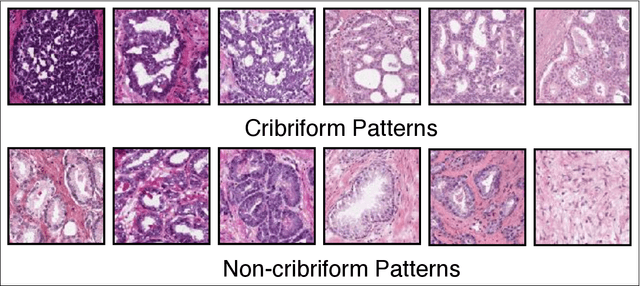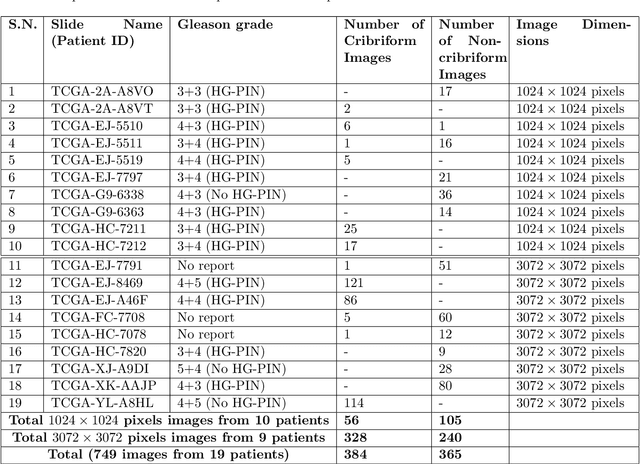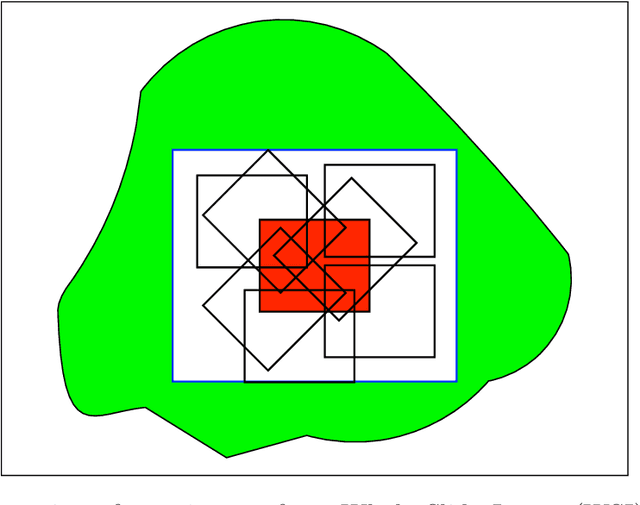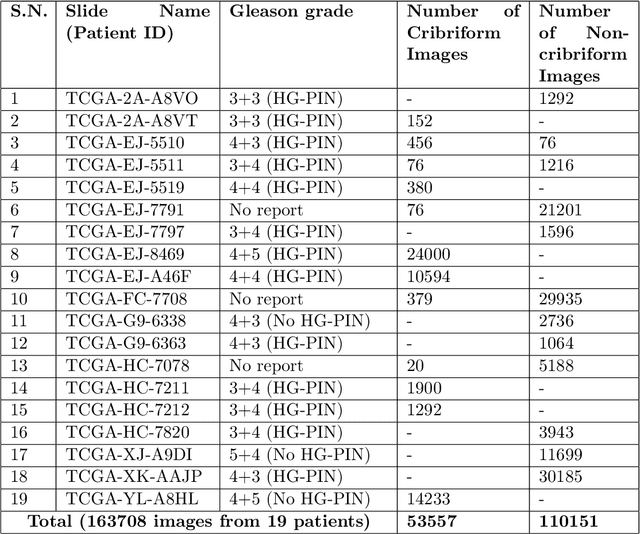Wang Jie
Sparse Bayesian Learning-Based Hierarchical Construction for 3D Radio Environment Maps Incorporating Channel Shadowing
Mar 13, 2024Abstract:The radio environment map (REM) visually displays the spectrum information over the geographical map and plays a significant role in monitoring, management, and security of spectrum resources.In this paper, we present an efficient 3D REM construction scheme based on the sparse Bayesian learning (SBL), which aims to recovery the accurate REM with limited and optimized sampling data.In order to reduce the number of sampling sensors, an efficient sparse sampling method for unknown scenarios is proposed. For the given construction accuracy and the priority of each location, the quantity and sampling locations can be jointly optimized.With the sparse sampled data, by mining the spectrum situation sparsity and channel propagation characteristics, an SBL-based spectrum data hierarchical recovery algorithm is developed to estimate the missing data of unsampled locations.Finally, the simulated 3D REM data in the campus scenario are used to verify the proposed methods as well as to compare with the state-of-the-art. We also analyze the recovery performance and the impact of different parameters on the constructed REMs. Numerical results demonstrate that the proposed scheme can ensure the construction accuracy and improve the computational efficiency under the low sampling rate.
3D Spectrum Mapping and Reconstruction under Multi-Radiation Source Scenarios
Mar 13, 2024Abstract:Spectrum map construction, which is crucial in cognitive radio (CR) system, visualizes the invisible space of the electromagnetic spectrum for spectrum-resource management and allocation. Traditional reconstruction methods are generally for two-dimensional (2D) spectrum map and driven by abundant sampling data. In this paper, we propose a data-model-knowledge-driven reconstruction scheme to construct the three-dimensional (3D) spectrum map under multi-radiation source scenarios. We firstly design a maximum and minimum path loss difference (MMPLD) clustering algorithm to detect the number of radiation sources in a 3D space. Then, we develop a joint location-power estimation method based on the heuristic population evolutionary optimization algorithm. Considering the variation of electromagnetic environment, we self-learn the path loss (PL) model based on the sampling data. Finally, the 3D spectrum is reconstructed according to the self-learned PL model and the extracted knowledge of radiation sources. Simulations show that the proposed 3D spectrum map reconstruction scheme not only has splendid adaptability to the environment, but also achieves high spectrum construction accuracy even when the sampling rate is very low.
A Large-Scale Car Parts Dataset for Lightweight Fine-Grained Detection
Nov 20, 2023Abstract:Automotive related datasets have previously been used for training autonomous driving systems or vehicle classification tasks. However, there is a lack of datasets in the field of automotive AI for car parts detection, and most available datasets are limited in size and scope, struggling to cover diverse scenarios. To address this gap, this paper presents a large-scale and fine-grained automotive dataset consisting of 84,162 images for detecting 12 different types of car parts. This dataset was collected from natural cameras and online websites which covers various car brands, scenarios, and shooting angles. To alleviate the burden of manual annotation, we propose a novel semi-supervised auto-labeling method that leverages state-of-the-art pre-trained detectors. Moreover, we study the limitations of the Grounding DINO approach for zero-shot labeling. Finally, we evaluate the effectiveness of our proposed dataset through fine-grained car parts detection by training several lightweight YOLO-series detectors.
Machine-learning based methodologies for 3d x-ray measurement, characterization and optimization for buried structures in advanced ic packages
Mar 08, 2021



Abstract:For over 40 years lithographic silicon scaling has driven circuit integration and performance improvement in the semiconductor industry. As silicon scaling slows down, the industry is increasingly dependent on IC package technologies to contribute to further circuit integration and performance improvements. This is a paradigm shift and requires the IC package industry to reduce the size and increase the density of internal interconnects on a scale which has never been done before. Traditional package characterization and process optimization relies on destructive techniques such as physical cross-sections and delayering to extract data from internal package features. These destructive techniques are not practical with today's advanced packages. In this paper we will demonstrate how data acquired non-destructively with a 3D X-ray microscope can be enhanced and optimized using machine learning, and can then be used to measure, characterize and optimize the design and production of buried interconnects in advanced IC packages. Test vehicles replicating 2.5D and HBM construction were designed and fabricated, and digital data was extracted from these test vehicles using 3D X-ray and machine learning techniques. The extracted digital data was used to characterize and optimize the design and production of the interconnects and demonstrates a superior alternative to destructive physical analysis. We report an mAP of 0.96 for 3D object detection, a dice score of 0.92 for 3D segmentation, and an average of 2.1um error for 3D metrology on the test dataset. This paper is the first part of a multi-part report.
* 7 pages, 9 figures
Cribriform pattern detection in prostate histopathological images using deep learning models
Oct 09, 2019



Abstract:Architecture, size, and shape of glands are most important patterns used by pathologists for assessment of cancer malignancy in prostate histopathological tissue slides. Varying structures of glands along with cumbersome manual observations may result in subjective and inconsistent assessment. Cribriform gland with irregular border is an important feature in Gleason pattern 4. We propose using deep neural networks for cribriform pattern classification in prostate histopathological images. $163708$ Hematoxylin and Eosin (H\&E) stained images were extracted from histopathologic tissue slides of $19$ patients with prostate cancer and annotated for cribriform patterns. Our automated image classification system analyses the H\&E images to classify them as either `Cribriform' or `Non-cribriform'. Our system uses various deep learning approaches and hand-crafted image pixel intensity-based features. We present our results for cribriform pattern detection across various parameters and configuration allowed by our system. The combination of fine-tuned deep learning models outperformed the state-of-art nuclei feature based methods. Our image classification system achieved the testing accuracy of $85.93~\pm~7.54$ (cross-validated) and $88.04~\pm~5.63$ ( additional unseen test set) across three folds. In this paper, we present an annotated cribriform dataset along with analysis of deep learning models and hand-crafted features for cribriform pattern detection in prostate histopathological images.
 Add to Chrome
Add to Chrome Add to Firefox
Add to Firefox Add to Edge
Add to Edge